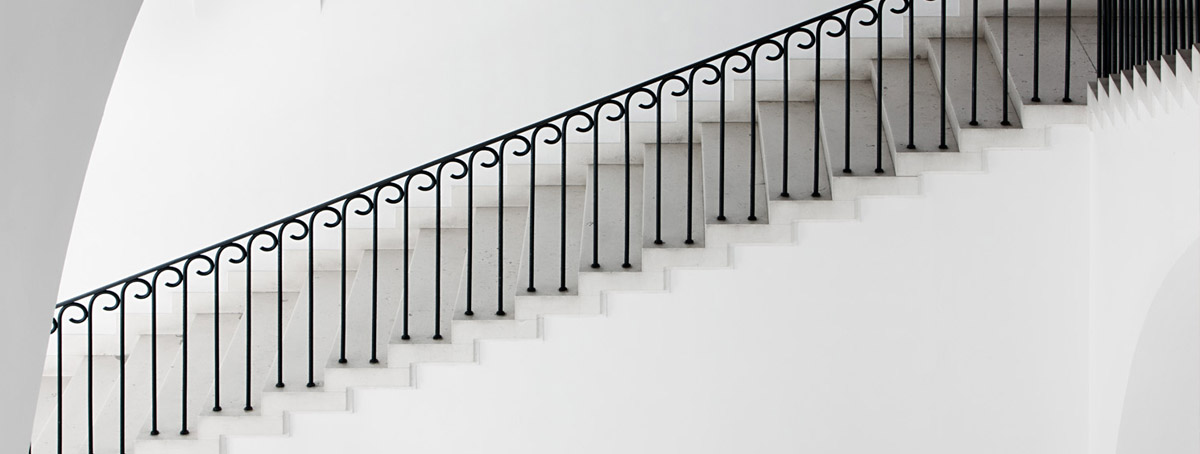EXHIBITIONS · Gallery Dulčić Masle Pulitika
MIHAELA RAŠICA
SKY OVER DUBROVNIK
4.9.-30.11.2025.
Curator: Jelena Tamindžija Donnart
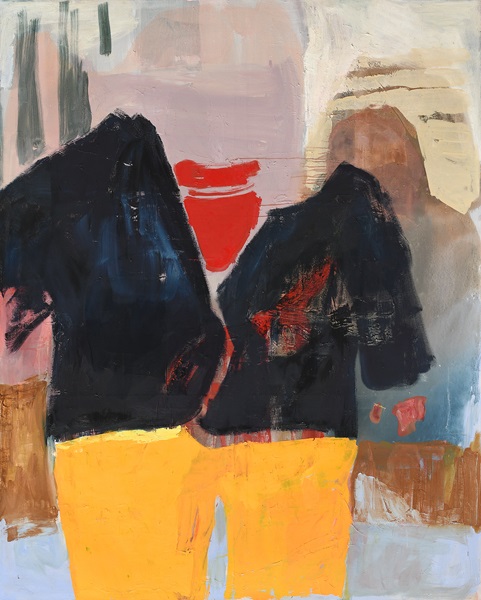
Child, 2024, oil on canvas
Memory in the work of Mihaela Rašica presents as a formative substance from which narrative and visual sets entwining between past and present emerge. Here memory is presented as a live organism that sets off, develops, bends and winds, the artist describing it as “huge, three dimensional and obscure”.2 These memories are hazy, neither faces nor objects having any clear outlines. She perceives them as large spaces of the spirit within which she inscribes her experiences, moments, people whom she recalls during what she calls her pilgrimage to the city of her childhood.
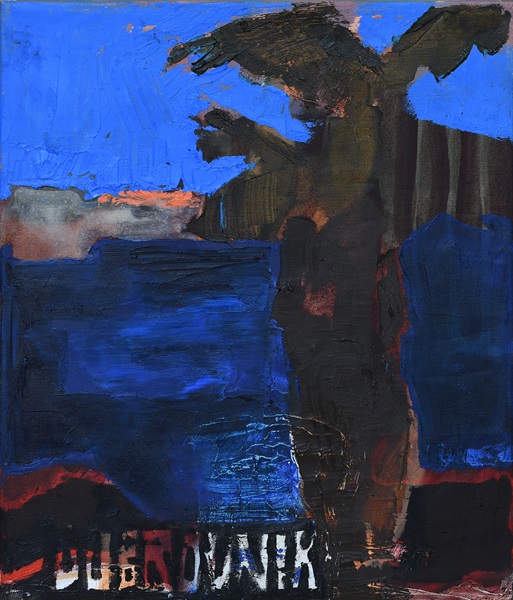
Dubrovnik, 2025, oil on canvas
Biography:
Mihaela Rašica was born in 1997 in Dubrovnik. In 2023 she took a degree from the Visual Culture Section and in 2024 from the Painting Section at the Academy of Fine Arts in Zagreb. She has exhibited at a number of solo and group shows in Croatia, Slovenia, Bosnia and Herzegovina and Portugal. She won the Kontrapunkt Prize at the 7th Croatian Painting Biennial. She has published two collections of her own poetry (Crimson, Crystal and Salt, 2023; Strings and Elements). In her art practice she is mostly concerned with the painterly problems of light and colour, incorporating expressively painted figures into abstractly treated colourist compositions. She paints in the heritage of post-Impressionism and American figurative expressionism, powerfully influenced by the traditions of Dubrovnik colourism. Even if heterogeneous, her motifs always have themes related to light
and colour as visual and also metaphysical and spiritual phenomena. She lives and works in Zagreb.
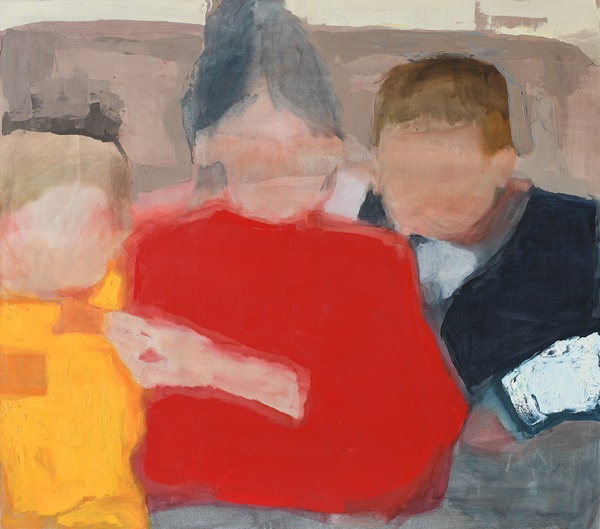
Remembering red, 2024, oil on canvas
BOJAN MRĐENOVIĆ
THE SPA
15.7. - 31.8.2025.
Curator: Rozana Vojvoda
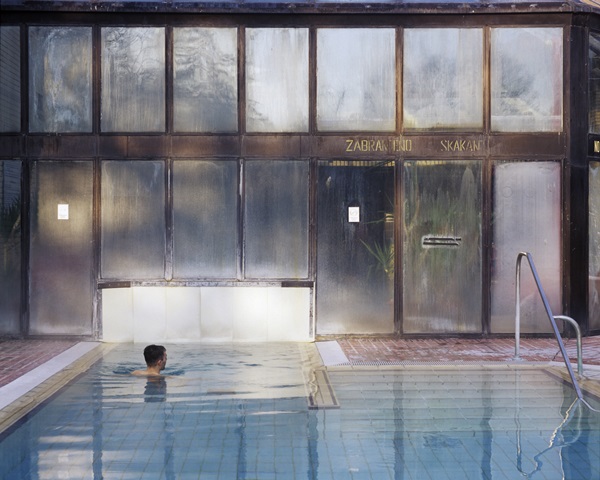
This is a selection from a series of photographs (2011 - 2025) of the Daruvar Spa and Health Resort complex built in 1980. In the Spa series, the author shoots "here and now", but at the same time records the architecture and interior design that contain the codes of another time. The captured interaction of people in the pool space signifies not only the communication of people at the time when Bojan Mrđenović was filming them, but also a universal image of socializing, the presence of the same social rituals in an unchanged spatial but different temporal context. The photographer's gaze and the shot that, through his selection, are placed before the observer's eyes associatively lead in several directions, but it is impossible to overlook his exceptional sensitivity to the disembodied presence of water vapor that softens shapes and transforms simple scenes into meaningful, poeticized visions. The spa in the photographs becomes an enclave of humanity, a scene of socializing, a surviving indicator of the continuity of repetitive rituals of soaking, relaxing, and swimming that historically date back to ancient times. However empathetic he may be towards his models, the photographer's real object of interest is the specific functioning of the community within the spa, recording established patterns and activities, the multiplicity of views that generate a vivid and dynamic image of the place.
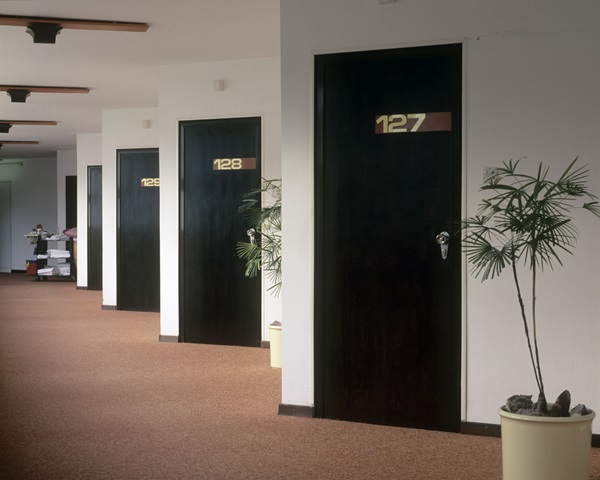
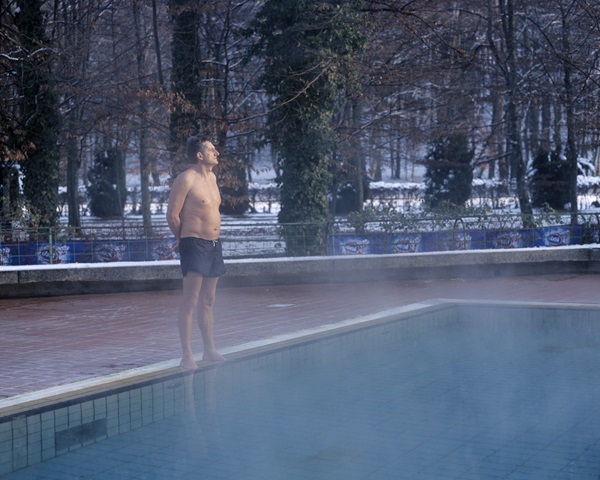
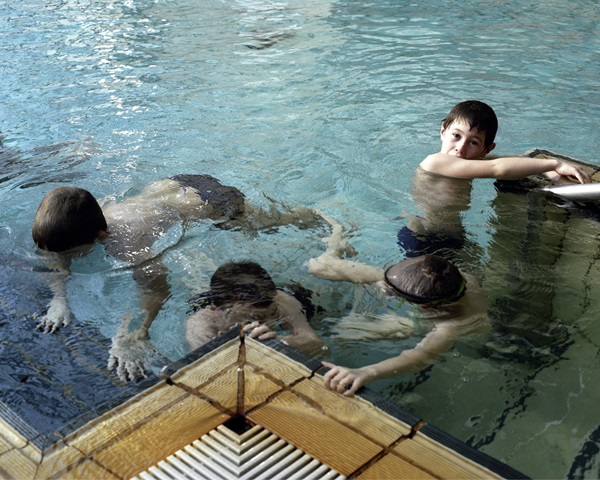
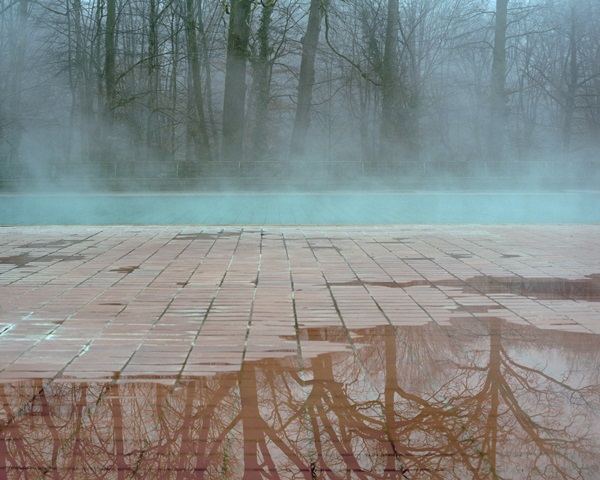
The work of this photographer and cinematographer is mainly associated with the denominator of social engagement and with a kind of voice of the younger generation of artists that includes a critical reflection on the problems of transition. The warm, human dimension with which the entire Toplice series is impregnated, in comparison with the recorded dispersion and dystopian character of Mrđenović's photographic series such as Future or Nature, Chemistry and Society, can be linked to the fact that Daruvar Spa represents an example of the benefits of public health and is also an example of the benefits of public space, since it is not intended only for people who have come for rehabilitation but for the entire citizenry. This year, given the major renovation of the spa complex that is underway, Mrđenović's photographs will gain an additional, documentary dimension, and the past that until recently coexisted with the present moment in the Toplica space will remain recorded only in the photographic medium. The exhibition also presents photographs of construction sites that symbolically mark the end of the photographic series, with an affirmative but not nostalgic view of the photographer who created a "portrait" of a community in which cyclical rituals are just as important as the unchanged environment.
Biography:
Bojan Mrđenović (b. 1987) has graduated in Art History and Information Science from Faculty of Humanities and Social Sciences in Zagreb in 2012. He graduated in Cinematography from Academy of Dramatic Art, Zagreb in 2015. Today he is employed as photography teacher at the department of Cinematography at the same Academy. He is working as a cinematographer and as a photographer.
Web: https://bojanmrdenovic.com/cv/
MUSIC AND MOVEMENT
WORKS FROM THE COLECTION OF THE MUSEUM OF MODERN ART DUBROVNIK
19.6.-9.7.2025.
Author of the exhibition: Jelena Tamindžija Donnart
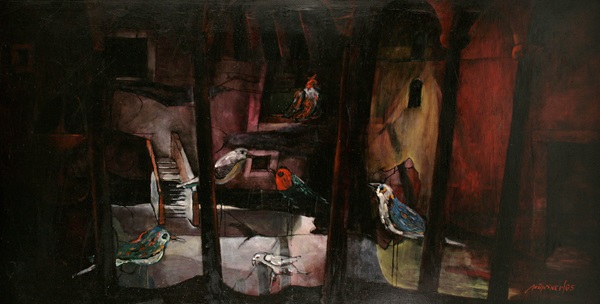 Josip Škerlj, Concert in the Rectors Palace, 1985
Josip Škerlj, Concert in the Rectors Palace, 1985
The exhibition features works by numerous artists, including Ljuba Babić, Oskar Herman, Ivo Dulčić, Kasja Mijatović-Uhlik, Josip Škerlj, Rudolf Sablić, Miljenko Stančić, Stanko Jančić, Branko Ružić, Marijan Guv, Ivo Grbić, Ana Krizmanić, and Marin Tartaglia.
About music in the visual arts and the inspiration for this exhibition, Tamindžija Donnart writes, among other things: "The depictions of music in the visual arts have manifested themselves through various approaches by artists to this topic - from portraying the musicians, dancers and musical instruments themselves to attempts to depict the properties of one medium in another. The selection of works from the collection of the Dubrovnik Art Gallery covers the period from 1926 (Marino Tartaglia, Little Drummer, 1926) to the 1980s, in which artists in classical media - painting, sculpture and graphics - pay homage to names from the world of music, for example composers or ballerinas, or their works visually imitate movement, sound or rhythm from the medium of music."
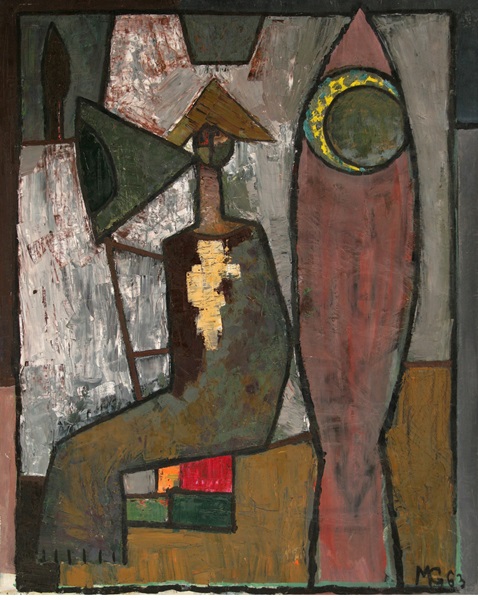
Marijan Guvo, The trumpeter, 1963
THE FLEETING MOMENT
STILL LIFES FROM THE COLLECTION
OF THE MUSEUM OF MODERN ART DUBROVNIK
15. 4. – 15. 6. 2025.
Author of the exhibition: Jelena Tamindžija Donnart
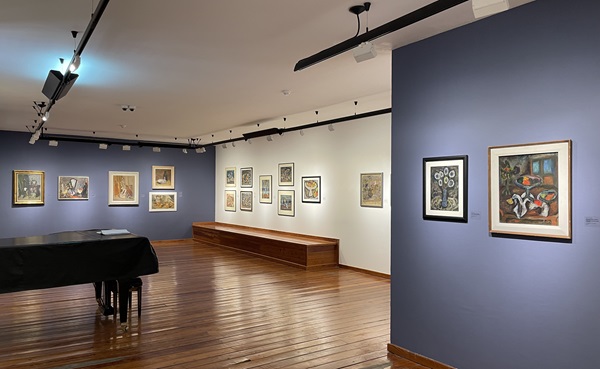
The exhibition features works by numerous artists, including Oton Gliha, Antun Šojat, Vlaho Bukovac, Mato Celestin Medović, Mila Kumbatović, Marin Tartaglia, Marijan Guva, Marta Ehrlich, Ivo Vojvodić, Đuro Pulitika, Antun Masla, and Tomislav Ciko.
In the act of painting, the artist exercises his or her observation and registration of composition, the light, shade and texture of the motif chosen for the image. This selection of items usually comes down to objects of the quotidian: decorative or use objects on a table or in the interior: a water glass and bottle, vase, floral arrangement, books, a clock, fruit, sculptures, icons and paintings. Particular attention will be devoted to the state of the item during the painting process, in which the stroke of the brush halts time and records the precise state of being at the moment of perception.
In watercolour and tempera Đuro Pulitika was to analyse the relationships of light in the picture, the building of the composition and the contouring of forms in his depiction of fruit and vegetables on a table. The cloisonne-style contouring of forms that was to be seen on his oil paintings can be seen in his painter friend Antun Masle, who also borrowed this manner of painting from France’s Georges Rouault.
With their placement of their still-life motifs in the space, to be seen with the artists Antun Šojat (Still Life, 1950-1952), Zenaida Bandur (Peppers, 1930), Mila Kumbatović (Still Life with Cockerels, 1953), Ante Petričić (Still Life, 1945), Tomislav Cik (Still Life with Icon, 1972), Mario Pregelj (Still Life with Playing Cards, around 1955), Ivan Tabaković (Still Life, around 1950), the authors are observing and exercising the building of composition, analysing the relationship of forms, the conversation among motifs, as well as perspective. By placing objects in context, the painters also endeavour to render the atmosphere of the depiction, informing us about the inhabitant of the space or user of the object, as well as about the intimate space itself, often dark, gloomy and neglected, creating a mood of melancholy and nostalgia.
The absolute retreat from representation, from mimesis, is visible in the works of Marijan Guvo (Bouquet of Flowers, 1963), Marin Tartaglia (Flowers, 1969), Gabro Rajčević (Still Life, 1934) and Ferdinand Kujlmer (Still Life, 1954), who in their subjective interpretations seek a new visual idiom based on the template of the still life. Guvo studies Cubist forms and the search for pictorial verticality, Kulmer and Tartaglia reduction and condensation of form as well as the power of whiteness in the composition, while Rajčević resorts to variations of colour, which is the main generator and creator of composition.
Vlaho Bukovac and Portraits of Dubrovnik Families
11.12.2024. - 30.3.2025.
AUTHORS OF THE EXHIBITION
Rozana Vojvoda
Lucija Vuković
PARTNER OF THE EXHIBITION
Dubrovnik Museums
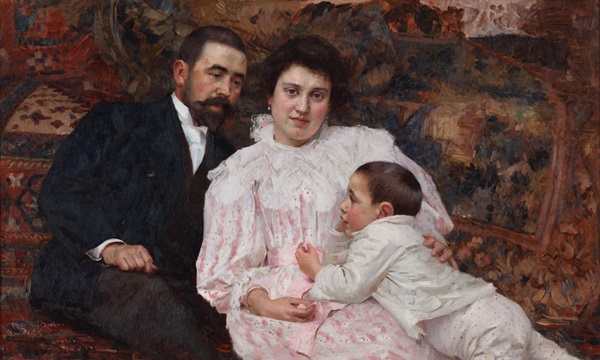
Portrait of the Papi Family, 1897 oil on canvas, foto: Goran Vranić
Marking the centennial year of the death of Vlaho Bukovac, in 2022 the Museum of Modern Art Dubrovnik put on the exhibition Recapitulation, which presented all seventy-four works of his in the collection. Entirely unexpectedly, the very next year the museum’s collection was enriched with three more Bukovac portraits, of members of the Bibica family, thanks to the donation of Ana Bakija-Konsuo, PhD, MD. The idea was thus mooted of an exhibition of portraits of Dubrovnik families, in order to position the works in the donation art historically. The portraits selected for exhibition from the collection are close in terms of time of creation, style and context to the portraits of the Bibicas. The exhibition is also a reference to the fortunate situation that the collection already has the anthological portrait of Katarina or Kate Bibica. A look into Bukovac’s portrait work is always intriguing for almost as a rule we will be dealing with superior accomplishments of the genre; it is a rarity to find a really bad portrait and on the whole portraits done a little more poorly were those painted from a photographic prototype. Along with the artistic talent, the speed and laid-back execution, the very personality of the painter, his communicativeness, sociability and empathy, which can be seen from his Autobiography, from the memoir of his youngest daughter, Ivanka, the writings and memories of contemporaries, in a way predestined him to be engaged very vigorously and successfully with portrait work.1 The serial portraiture of members of the same family that Bukovac carried out with members of the Bibica family is a trademark of his portrait work.

Portrait of Lucija Bibica née Drašković, 1881, oil on canvas, foto: Miho Skvrce
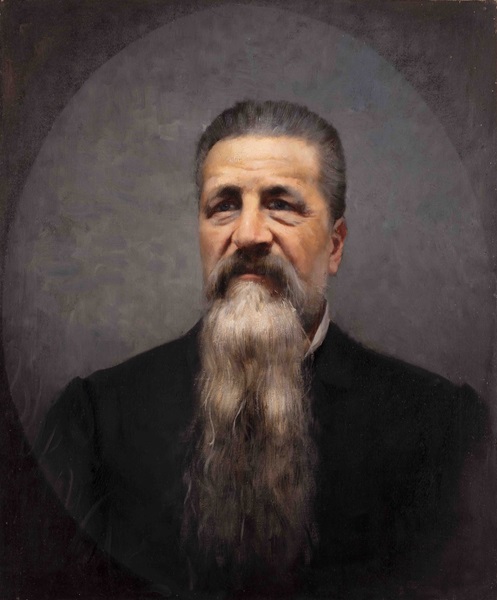
Portrait of Marko Dabrović, 1881 – 1885 oil on canvas
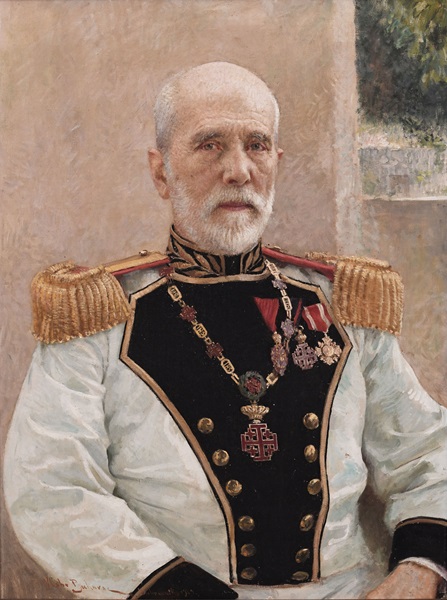
Portrait of Ignacije (Inje) Amerling, 1909 oil on canvas



